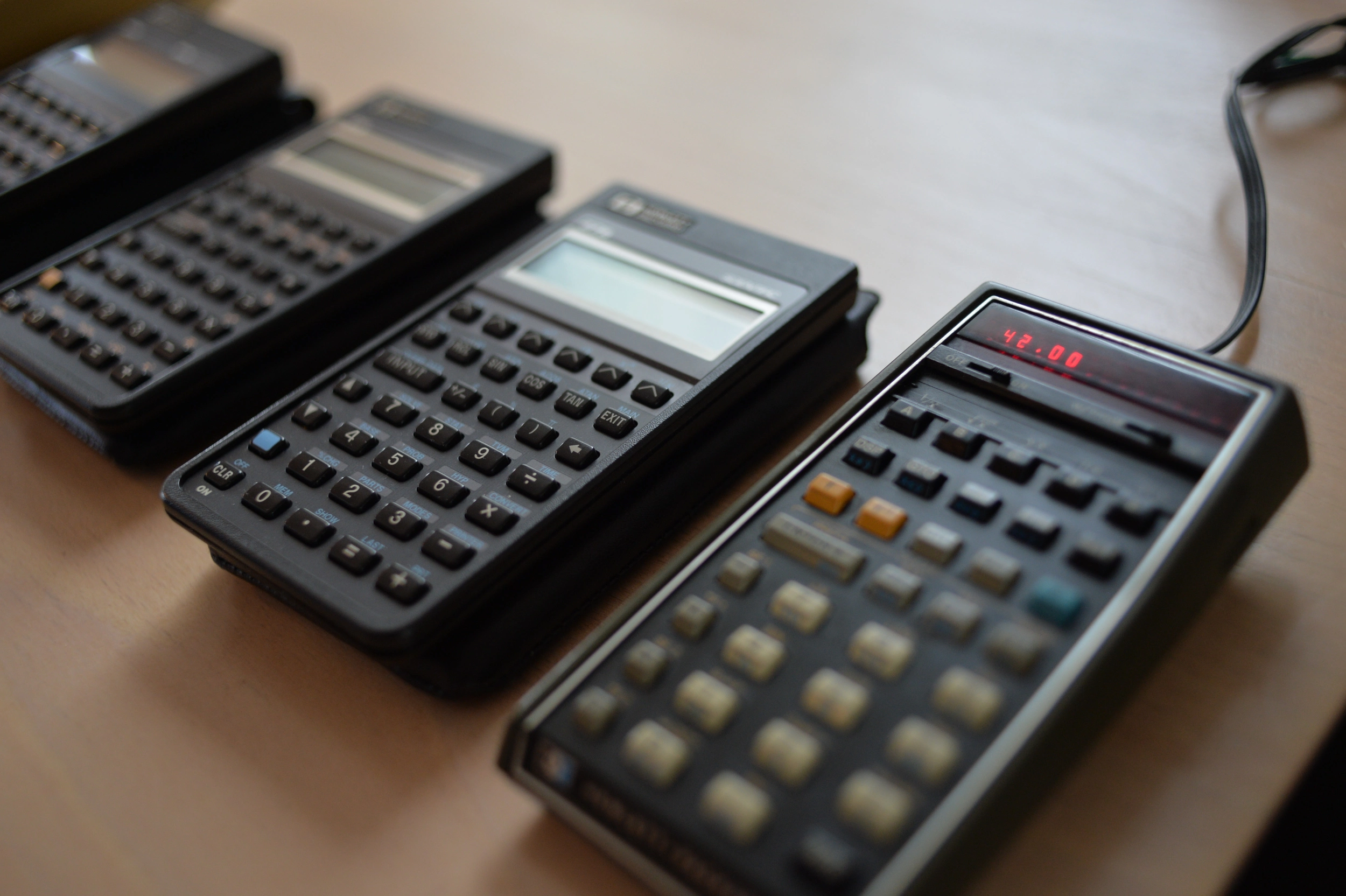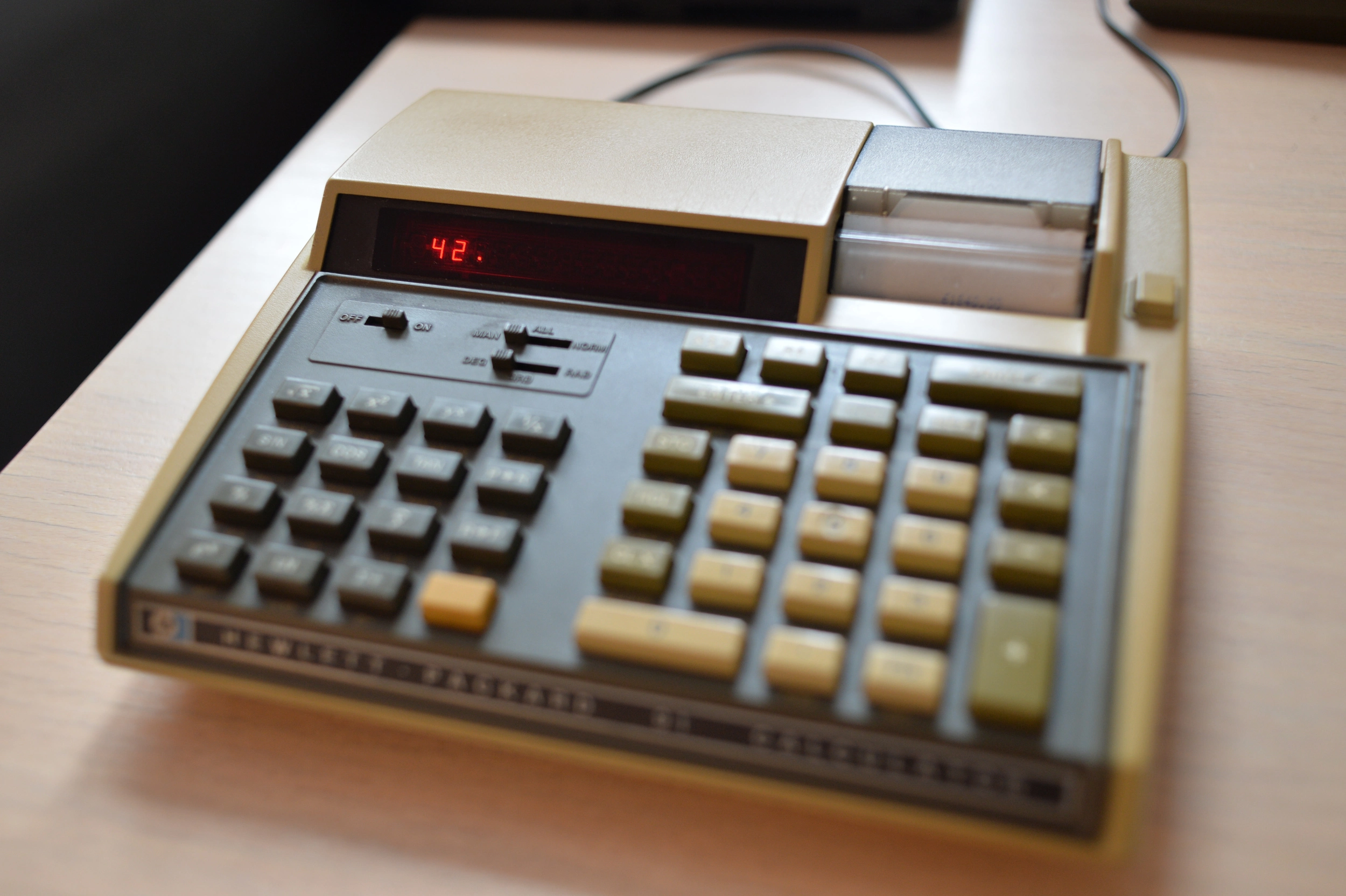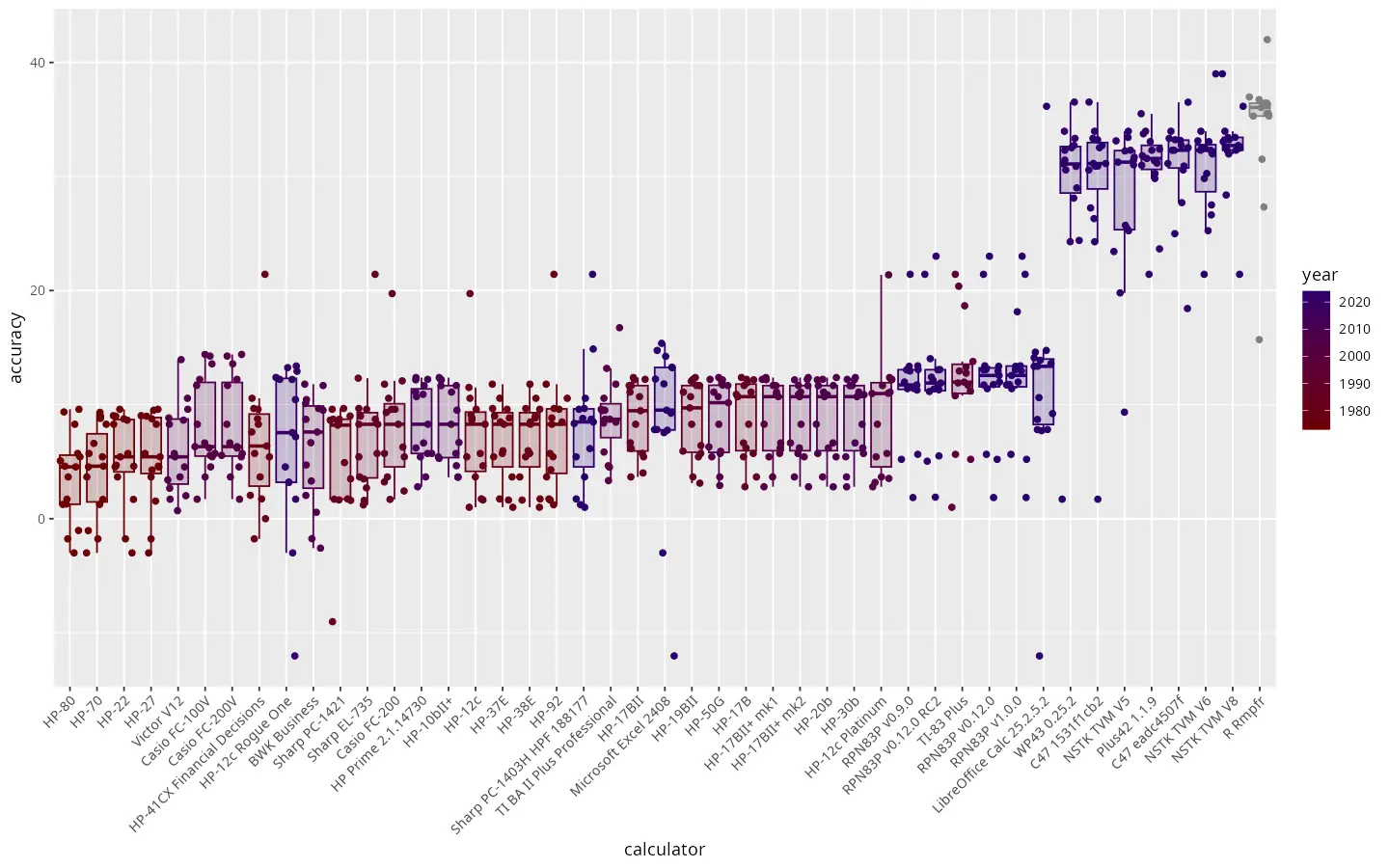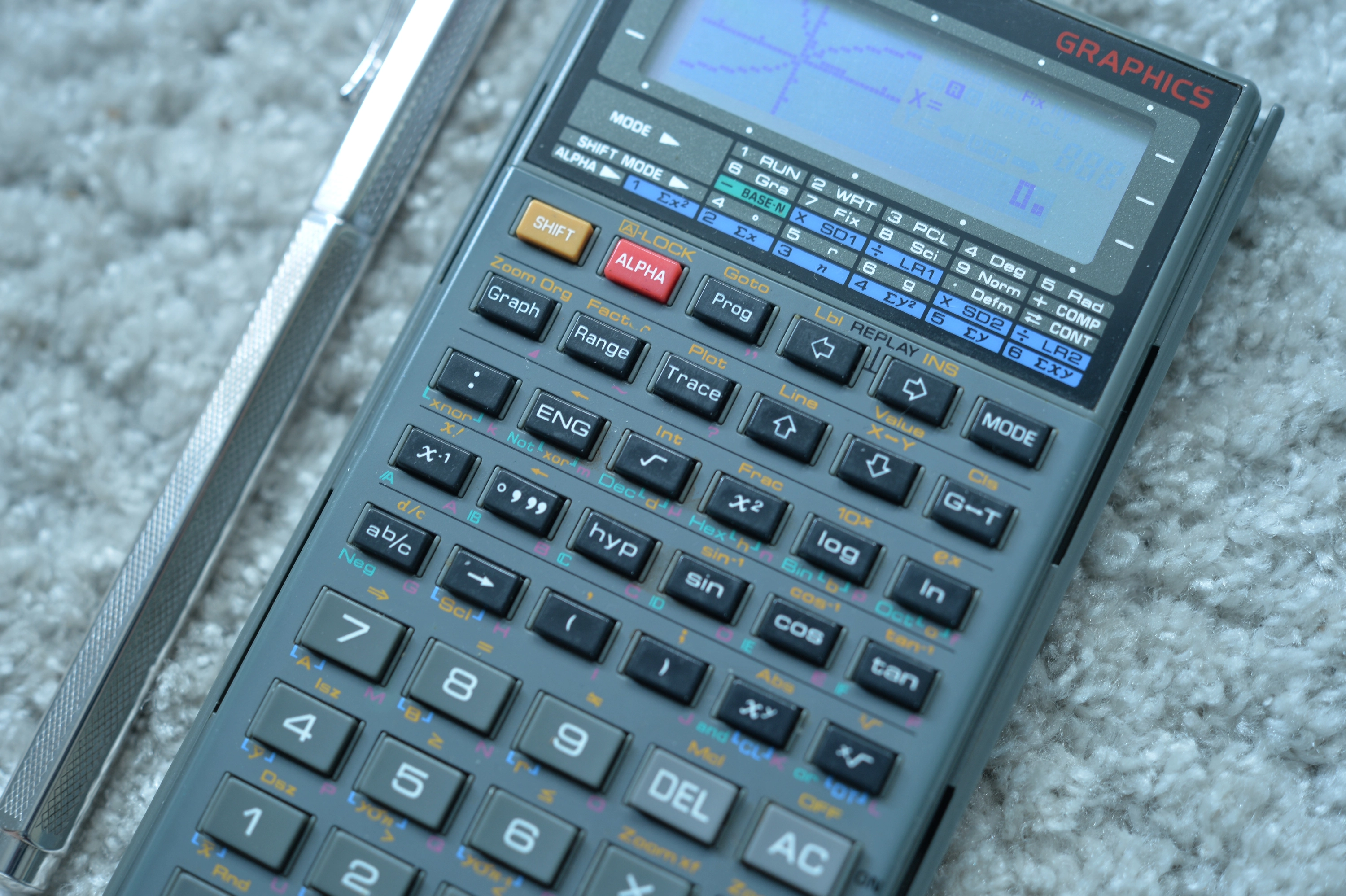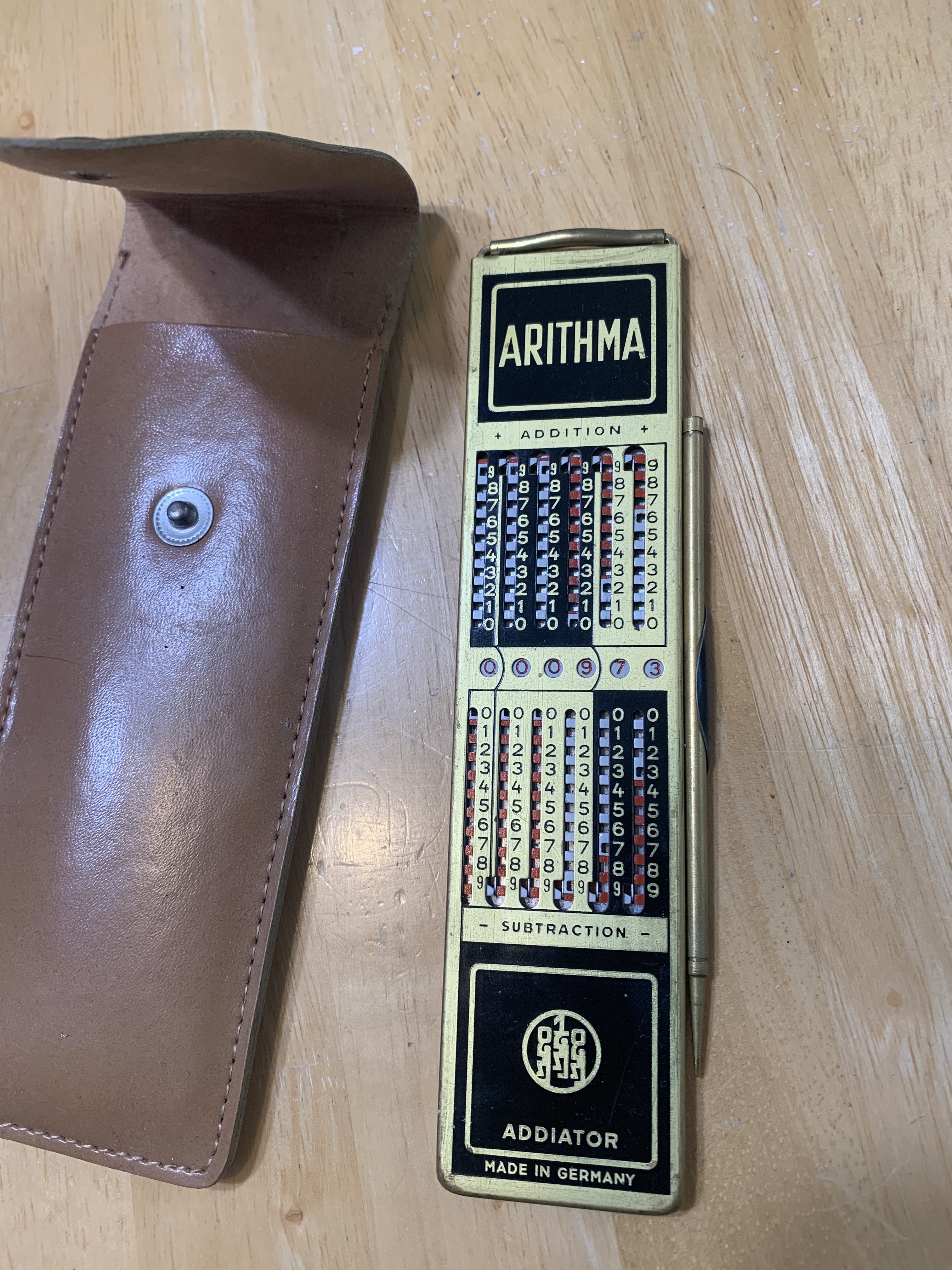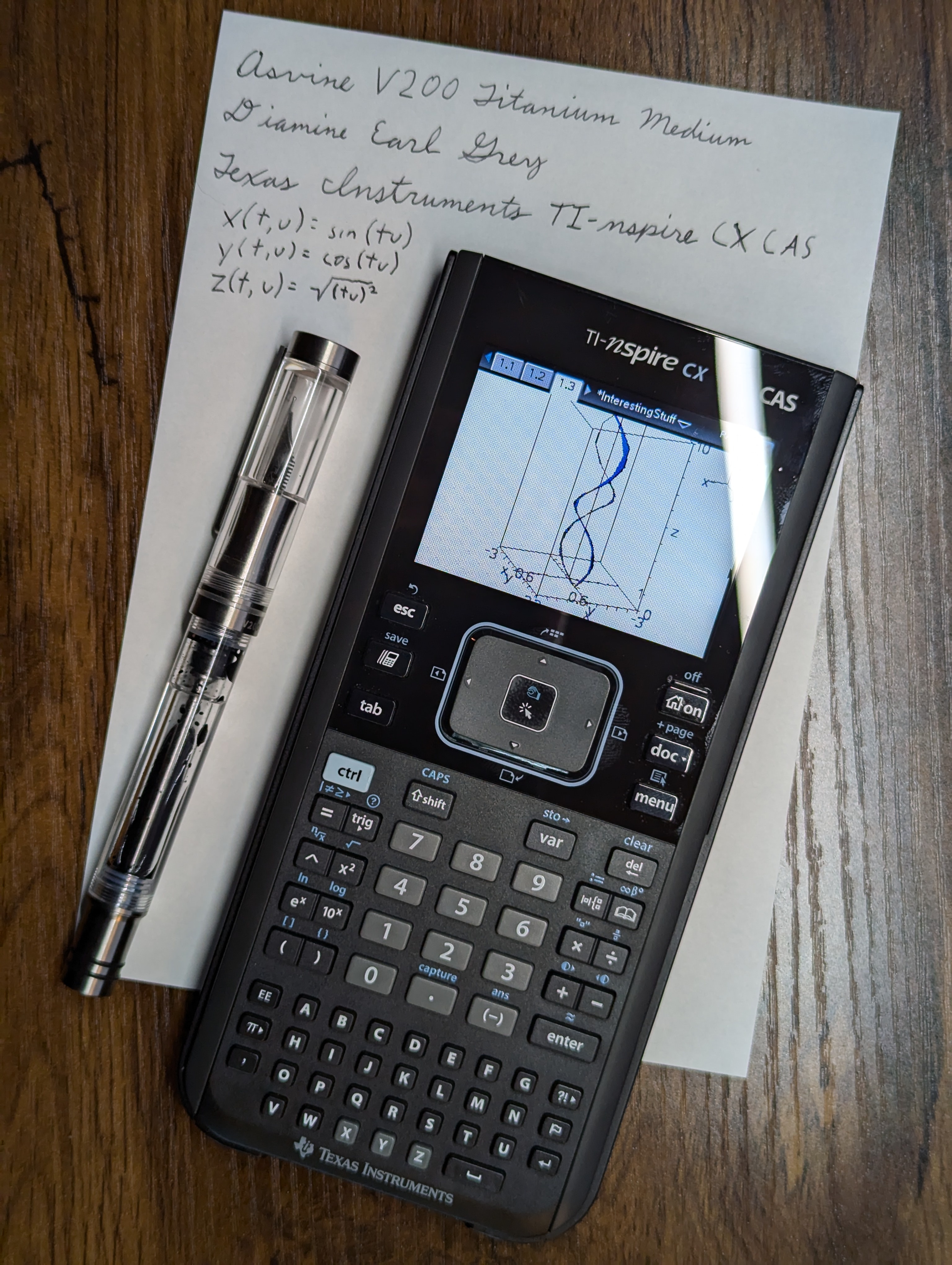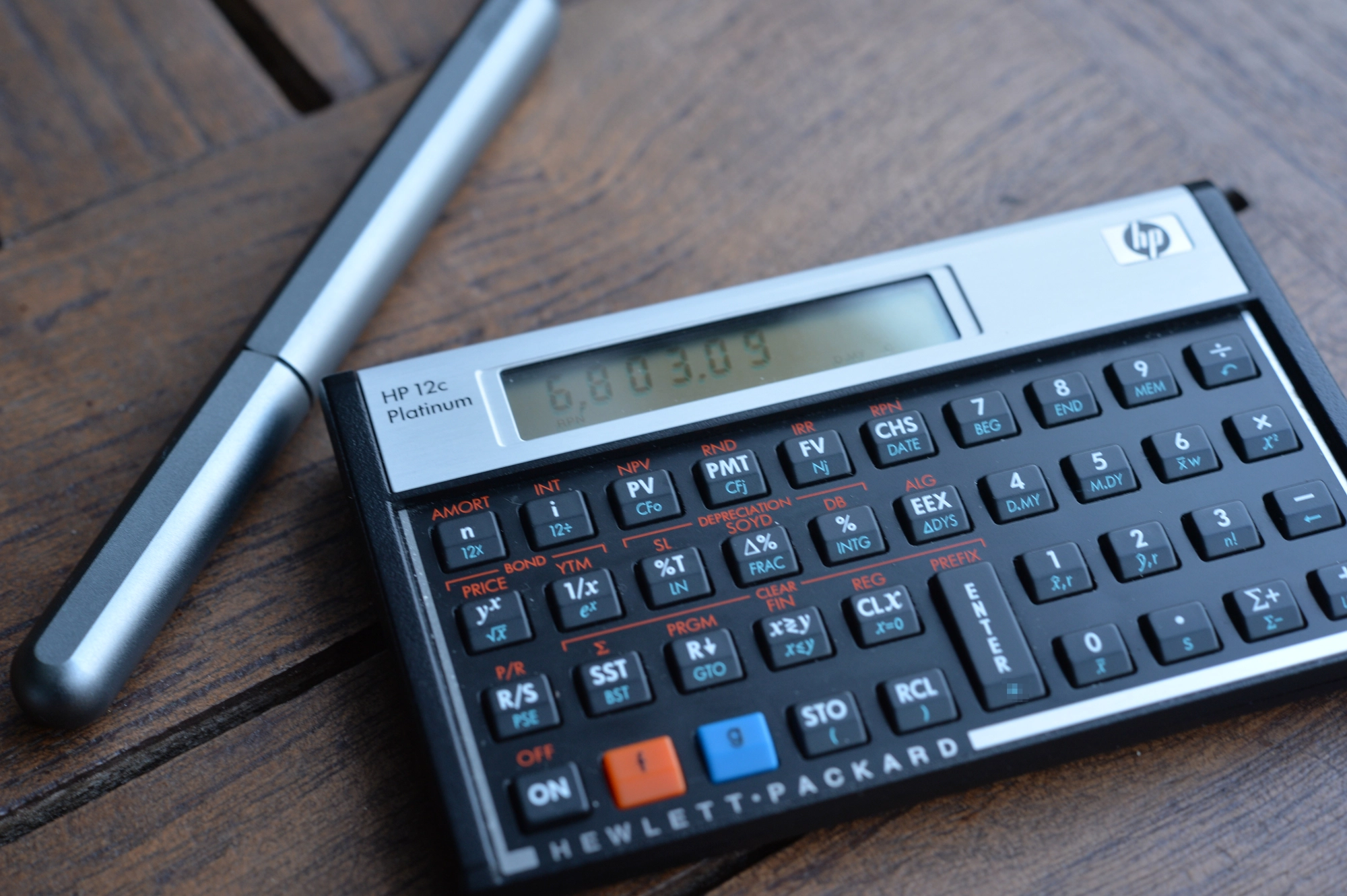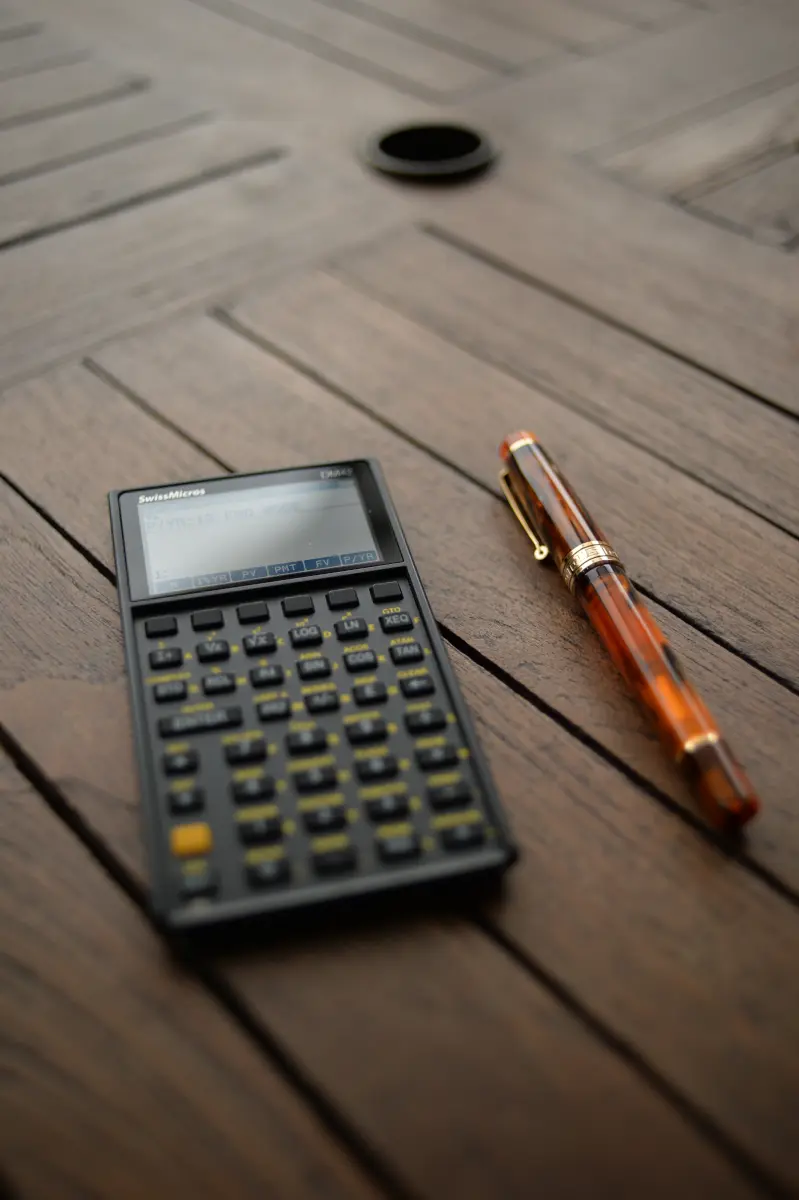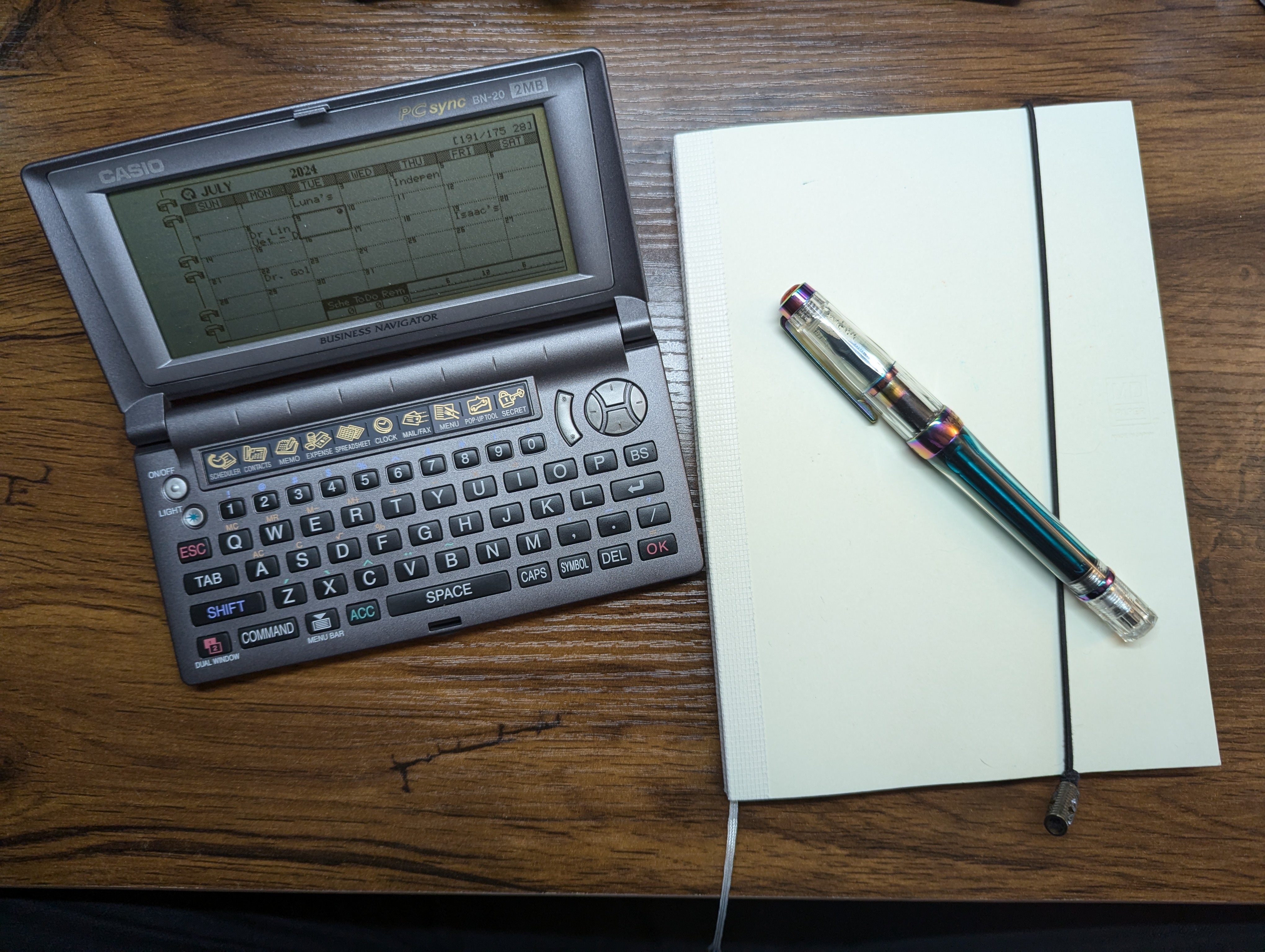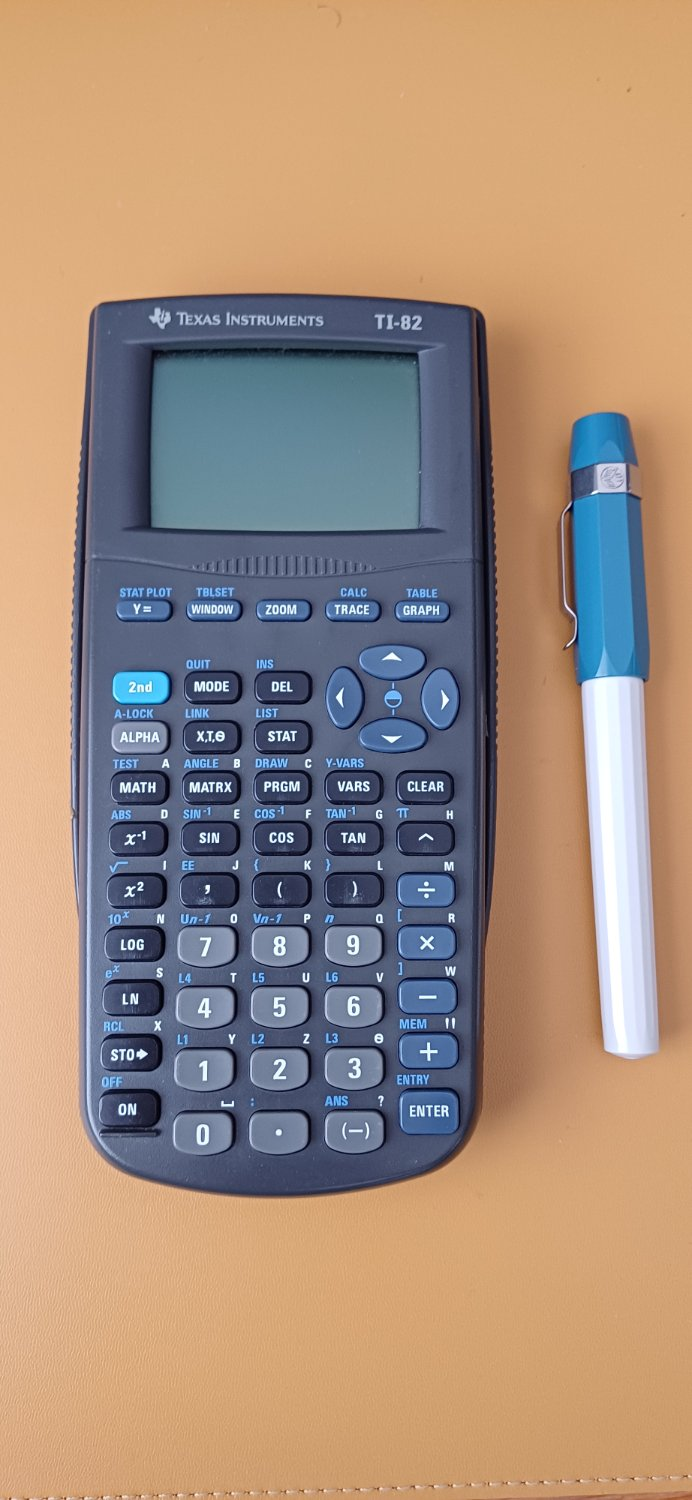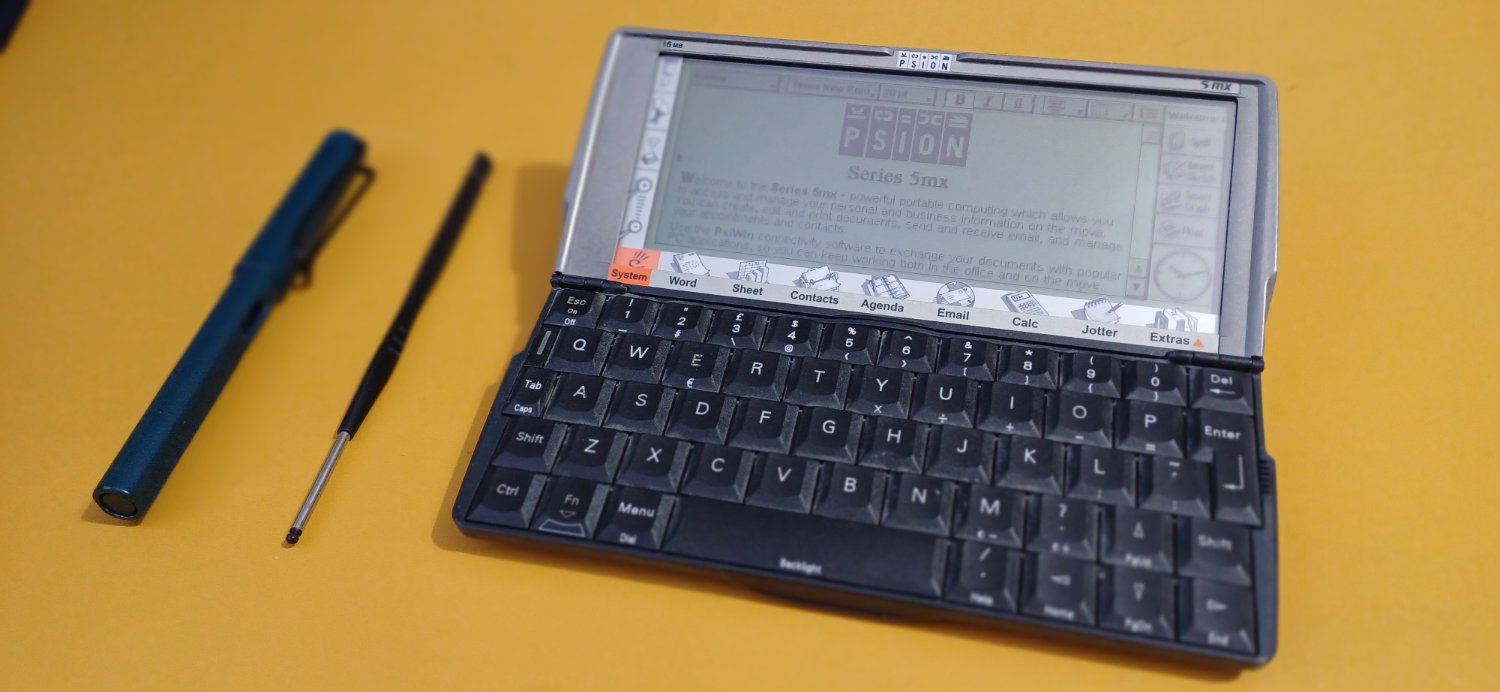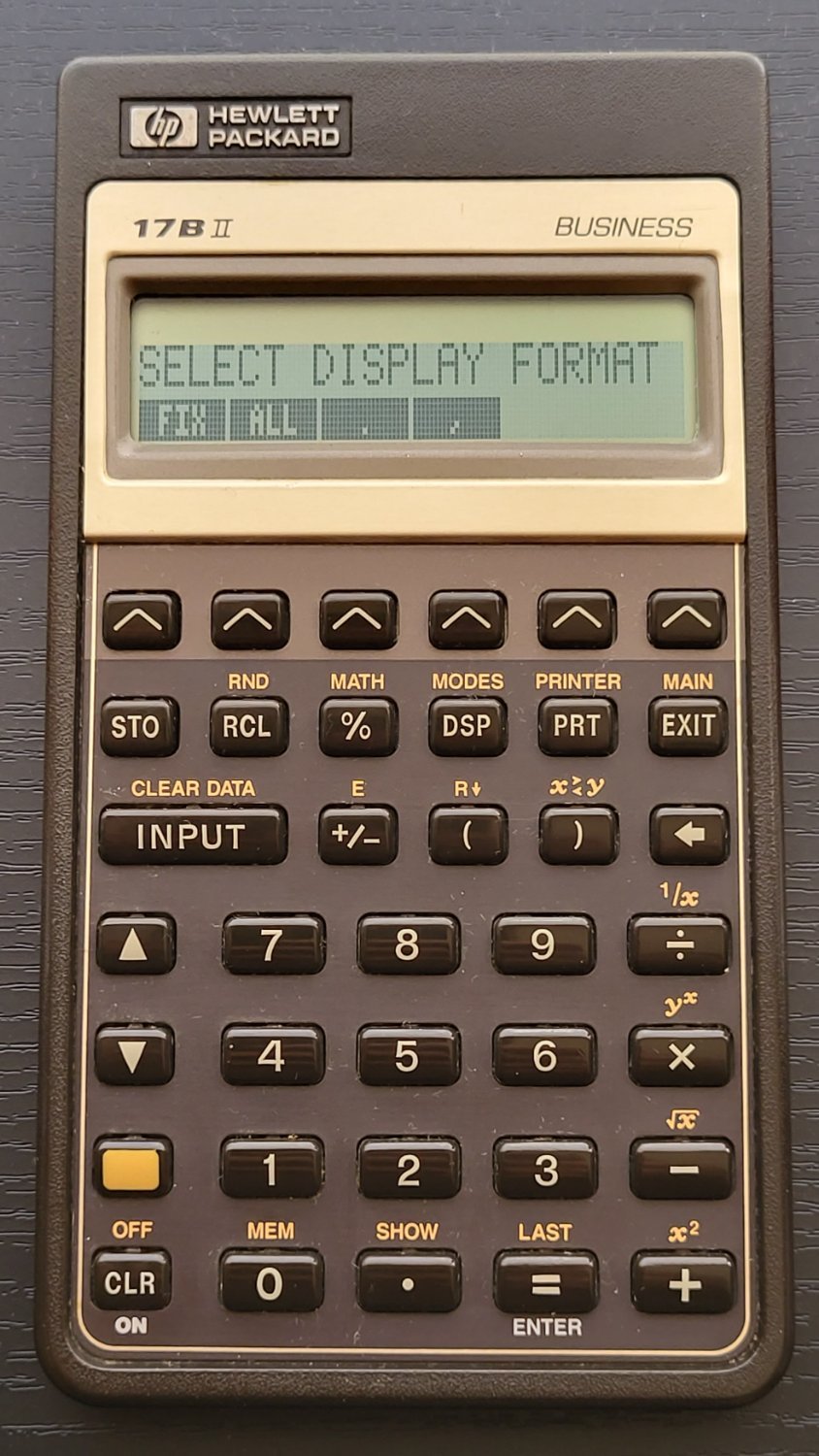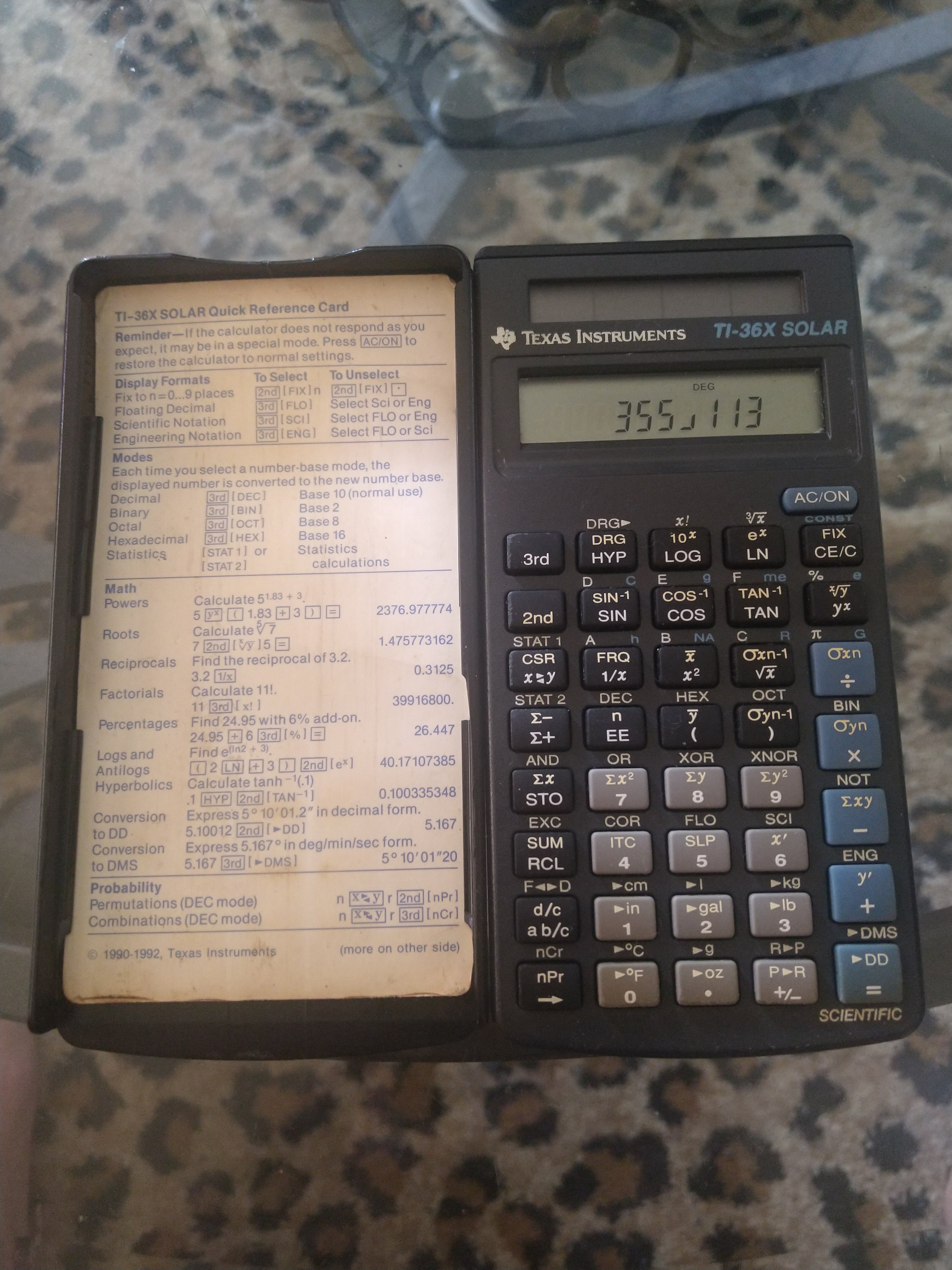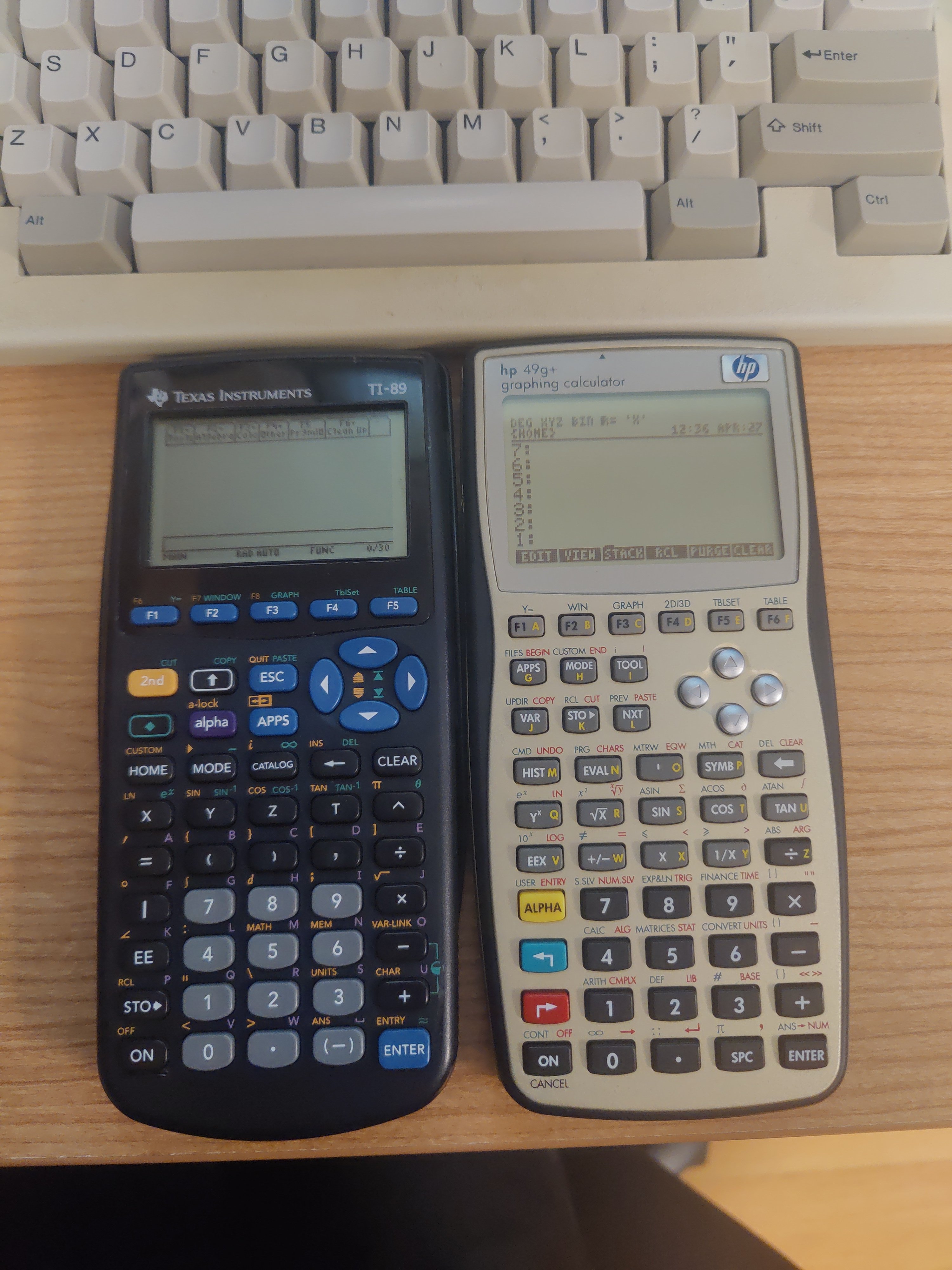These are the tests which can give you quite a good profile and accuracy rating for your financial calculator. Any more contributions and confirmation are very much appreciated and I will update the swissmicros page (though I may need to move it off there at some point).
| # | Ref | N | I%YR | PV | PMT | FV | P/YR | Mode |
|----|------------|--------------|-----------|----------|--------------|-----------|------|-------|
| 1 | DM | 38 x 12 | 5.25% | 270'000 | ? | 0 | 12 | end |
| 1b | DM | 38 x 12 | ? | 270'000 | -14'584/12 | 0 | 12 | end |
| 2 | SlideRule | 360 | 15% → 12% | 100'000 | ?-? | 0 | 12 | end |
| 3 | Kahan 1983 | 60x60x24x365 | 10% | 0 | -0.01 | ? | =N | end |
| 4 | DM | 480 | 0 → ? | 100'000 | ?→ PMT | 0 | 12 | end |
| 5 | Dieter | 10 | ? | 50 | -30 | 400 | 1 | end |
| 6 | Dieter | 10 | ? | 50 | -30 | 80 | 1 | end |
| 7 | A Chan | 10 | ? | -100 | 10 | 1e-10 | 12 | end |
| 8 | Miguel | 32 | ? | -999'999 | 0 | 1e6 | 1 | end |
| 9 | DM | ? | 25 | 100000 | -2083.333334 | 0 | 12 | end |
| 10 | DM | ? | 25 | 100000 | -2040.816327 | 0 | 12 | begin |
| 11 | robve | 60x24x365 | 1/6% → ? | 0 | -0.01 | ?→ FV | =N | end |
| 12 | robve | 40 | ? → I%YR | 900 | -400 | -1000 → ? | 1 | begin |
2: https://www.hpmuseum.org/forum/thread-20707.html
3: https://www.hpmuseum.org/forum/thread-1012.html
5, 6: https://www.hpmuseum.org/cgi-sys/cgiwrap/hpmuseum/archv021.cgi?read=234439
7: https://www.hpmuseum.org/forum/thread-18359-post-161549.html#pid161549
8: https://www.hpmuseum.org/cgi-sys/cgiwrap/hpmuseum/archv017.cgi?read=120592
11, 12: https://www.hpmuseum.org/forum/thread-16565-page-2.html
Puzzle 2 is from here, and needs you to calculate PMT given n = 360, I%YR = 15%, PV = 100'000, FV = 0, then calculate PMT, but with I%YR = 12%. Subtract the two results, and put that back into PMT, then change n = 36 and I%YR = 15% again, and calculate PV.
Puzzle 3: you may need to divide I%PY by N depending on how your calculator handles i vs I%YR and what the limit is on P/YR.
Puzzle 4 needs you to calculate PMT first given I%YR = 0, then re-input this back into PMT and calculate I%YR. On the HP-12c this is best done by pressing x<>y twice before putting back into PMT.
Puzzle 11: calculate for FV first, re-input back to FV and compute I%YR.
Puzzle 12: calculate for i first, re-input back into i and compute FV.
The other puzzles are just a solve for '?'.
They can be a bit confusing, so I also did a couple of videos here and here solving them on a DM-42 and HP-12c.




